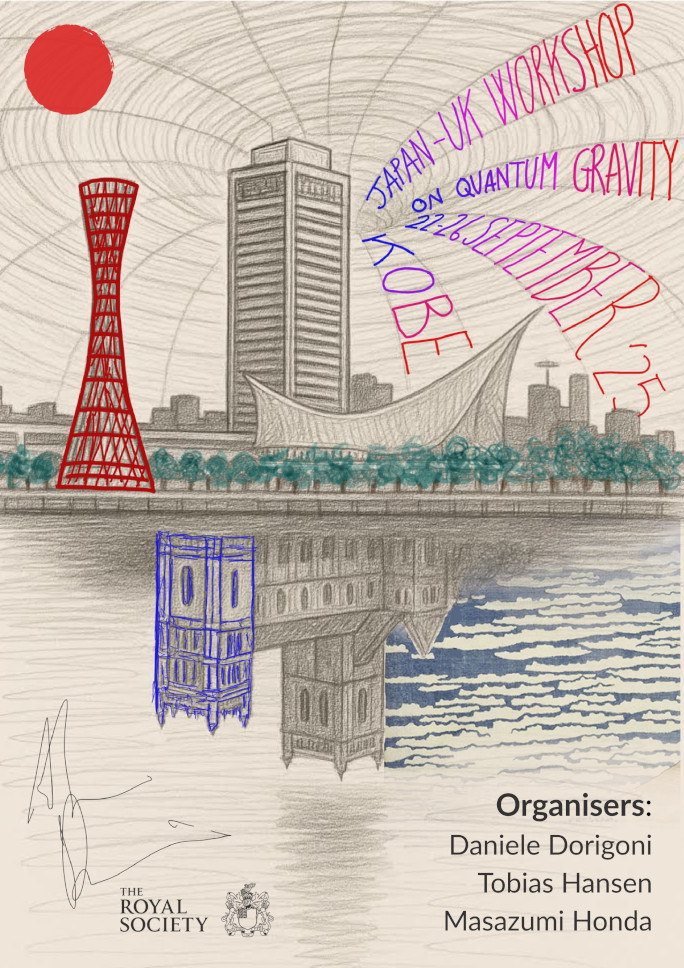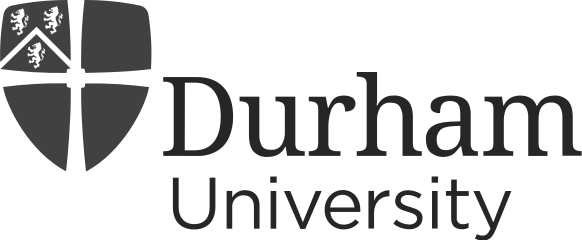Japan-UK Workshop on Quantum Gravity
8F Lecture theatre
RIKEN Kobe Integrated Innovation Building (理化学研究所の神戸キャンパスの融合連携イノベーション推進棟)

The universe at extremely early times is expected to be described by some theory of quantum gravity, although we still do not know precisely what quantum gravity actually is.
In modern approaches to quantum gravity, the path integral point of view provides a fundamental framework towards answering this pressing question. However, an evaluation or even just a precise definition of the path-integral for a full-fledged quantum gravity is one of the most important open problems in modern theoretical physics.
With the "Japan-UK Workshop on Quantum Gravity" we want to bring together experts working on different aspects of the gravitational path-integral, such as
- Gravitational Scattering Amplitudes;
- Complex Geometries and Exact WKB;
- Quantum Cosmology;
- Exact Methods and Resurgence Analysis;
with the long-term goal of providing innovative ways of tackling modern problems in quantum gravity.
This workshop serves as the kick-off meeting for the Royal Society International Collaboration Award Grant "Re-PaInt: A Resurgence Path-Integral approach to quantum gravity" shared between Masazumi Honda at Riken iTHEMS and Daniele Dorigoni at Durham University, and aimed at fostering and developing an international partnership between the two institutes, as well as the greater Japan and UK theoretical physics communities working on quantum gravity, broadly intended.
Poster Image Credit: Alessia Dorigoni
Confirmed Speakers:
- Nick Dorey (Cambridge U.)
- Alessandro Georgoudis (Queen Mary U.)
- Tobias Hansen (Durham U.)
- Simeon Hellerman (IPMU)
- Paul Heslop (Durham U.)
- Simon Ekhammar (King's College)
- Hiroki Matsui (Nihon U.)
- Okuto Morikawa (Riken)
- Rishi Mouland (Imperial College)
- Yu Nakayama (Rykkio)
-
Ryo Namba (iTHEMS)
-
Kazumi Okuyama (Shinshu U.)
- Simon Ross (Durham U.)
- David Skinner (Cambridge U.)
-
Yuya Tanizaki (YITP)
- Masahito Yamazaki (IPMU)
Registration:
Registration is open to anyone (not just participants from Japan or UK).
There will be a poster session and we encourage students and young postdocs to present a poster.
The registration deadline is August 15, 2025.
Organisers:
- Daniele Dorigoni (Durham University);
- Tobias Hansen (Durham University);
- Masazumi Honda (Riken, iTHEMS);
- Pratik Nandy (Riken, iTHEMS).
Venue:
RIKEN Center for Interdisciplinary Theoretical and Mathematical Sciences, Kobe Campus
Acknowledgements:
We would be grateful if you could acknowledge this workshop in a paper which is initiated or conducted during this workshop. Here are the samples of acknowledgments:
- The authors thank the Royal Society under the International Collaboration Award Grant \R2\242058 and the RIKEN Interdisciplinary Theoretical and Mathematical Sciences Program where this work was initiated [completed] during the "Japan-UK Workshop on Quantum Gravity".
- The authors thank the Royal Society under the International Collaboration Award Grant \R2\242058 and the RIKEN Interdisciplinary Theoretical and Mathematical Sciences Program. Discussions during the "Japan-UK Workshop on Quantum Gravity" were useful in completing this work.
Supporting Organisations:
This workshop is supported by the Royal Society International Collaboration Award Grant \R2\242058 "Re-PaInt: A Resurgence Path-Integral approach to quantum gravity".
 |
 |
